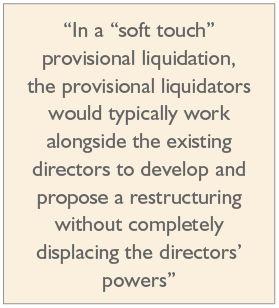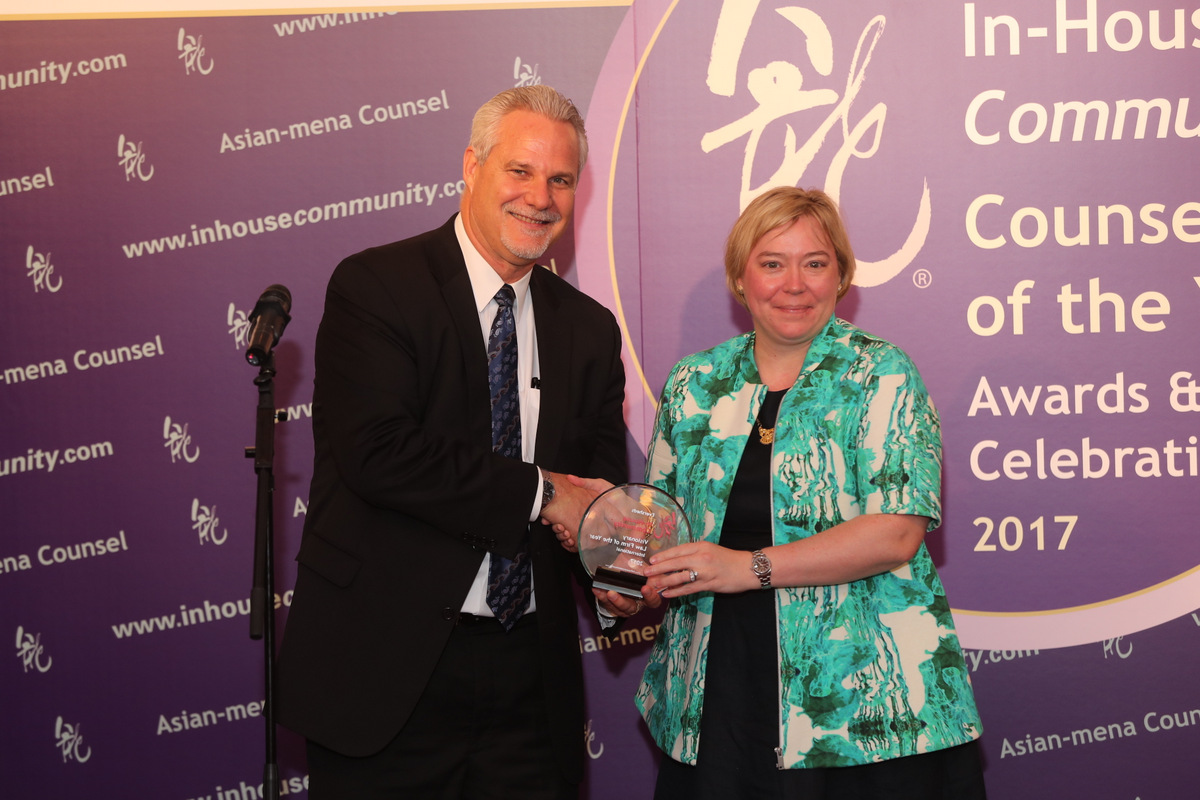 By Sophie Kassam and Luke Petith, Walkers
By Sophie Kassam and Luke Petith, Walkers
A question that we are regularly asked by general counsel is what options are available where a Cayman Islands holding company is facing an imminent debt crisis. In such circumstances, its board of directors must have regard to creditors’ interests as a whole when discharging their fiduciary duties and should ideally be engaging with the company’s creditors in order to try and agree upon a consensual restructuring solution. However, such a consensual out-of-court process would typically require unanimous support (or acquiescence) from all of the company’s creditors and therefore the board may wish to consider alternative options to mitigate the risk that a disgruntled creditor may seek to disrupt any restructuring process by commencing winding up proceedings against the company.
One option would be for the company to petition the Cayman Islands courts (the “Court”) for a provisional liquidator to be appointed on a “soft touch” basis in order to implement the proposed restructuring and to protect the company from creditor enforcement action or proceedings being commenced or continued without the leave of the Court. The moratorium that is triggered on the appointment of provisional liquidators provides breathing space for a company to negotiate with its stakeholders and implement a restructuring without the risk of the process being derailed by the actions of one or more dissenting creditors.
 Under Cayman Islands law, a winding up petition may be presented by the company, any creditor, any contributory or the Cayman Islands Monetary Authority (in certain circumstances). However, an application seeking the appointment of “soft touch” provisional liquidators to effect a restructuring may only be made by the company itself. While the presentation of a winding up petition is required to access the provisional liquidation regime, provisional liquidation does not necessarily result in the formal winding up of the debtor company. Rather, where provisional liquidation is used to support a successful financial restructuring where the debtor company survives, the end result is usually that the winding up petition is dismissed and the newly restructured company continues as a going concern. Provisional liquidation when used in a restructuring context in the Cayman Islands is therefore somewhat of a misnomer since the object of the proceedings is to typically rescue the company as a going concern rather than to liquidate and dissolve the company.
Under Cayman Islands law, a winding up petition may be presented by the company, any creditor, any contributory or the Cayman Islands Monetary Authority (in certain circumstances). However, an application seeking the appointment of “soft touch” provisional liquidators to effect a restructuring may only be made by the company itself. While the presentation of a winding up petition is required to access the provisional liquidation regime, provisional liquidation does not necessarily result in the formal winding up of the debtor company. Rather, where provisional liquidation is used to support a successful financial restructuring where the debtor company survives, the end result is usually that the winding up petition is dismissed and the newly restructured company continues as a going concern. Provisional liquidation when used in a restructuring context in the Cayman Islands is therefore somewhat of a misnomer since the object of the proceedings is to typically rescue the company as a going concern rather than to liquidate and dissolve the company.
In a “soft touch” provisional liquidation, the provisional liquidators would typically work alongside the existing directors to develop and propose a restructuring without completely displacing the directors’ powers. Ultimately, the order appointing the provisional liquidators will clearly set out which powers the provisional liquidators are able to exercise (often limited to oversight of the progress of the restructuring and reporting to the Court and the company’s creditors) and which powers will be retained by the directors. The Court is generally flexible in allowing sufficient time for the provisional liquidators to consider whether a restructuring is capable of being agreed and implemented.
It is proposed that a new Court supervised restructuring moratorium regime will be in force in the Cayman Islands by the end of 2018. The process would allow a company to petition for the appointment of restructuring officers to obtain a stand-alone restructuring moratorium (separate from the winding up regime) thereby offering companies with more avenues by which to benefit from an automatic stay on claims.
In the meantime, “soft touch” provisional liquidation is an extremely helpful tool for any Cayman Islands company that is considering its options in the face of a possible default, and provides a formal Court-led process, and statutory protection, in order to effectively restructure its debt and continue as a going concern.
![]()
E: sophie.kassam@walkersglobal.com
E: luke.petith@walkersglobal.com
T: (971) 4 363 7919, (971) 4 363 7926










 Walkers
Walkers Andy Randall
Andy Randall







